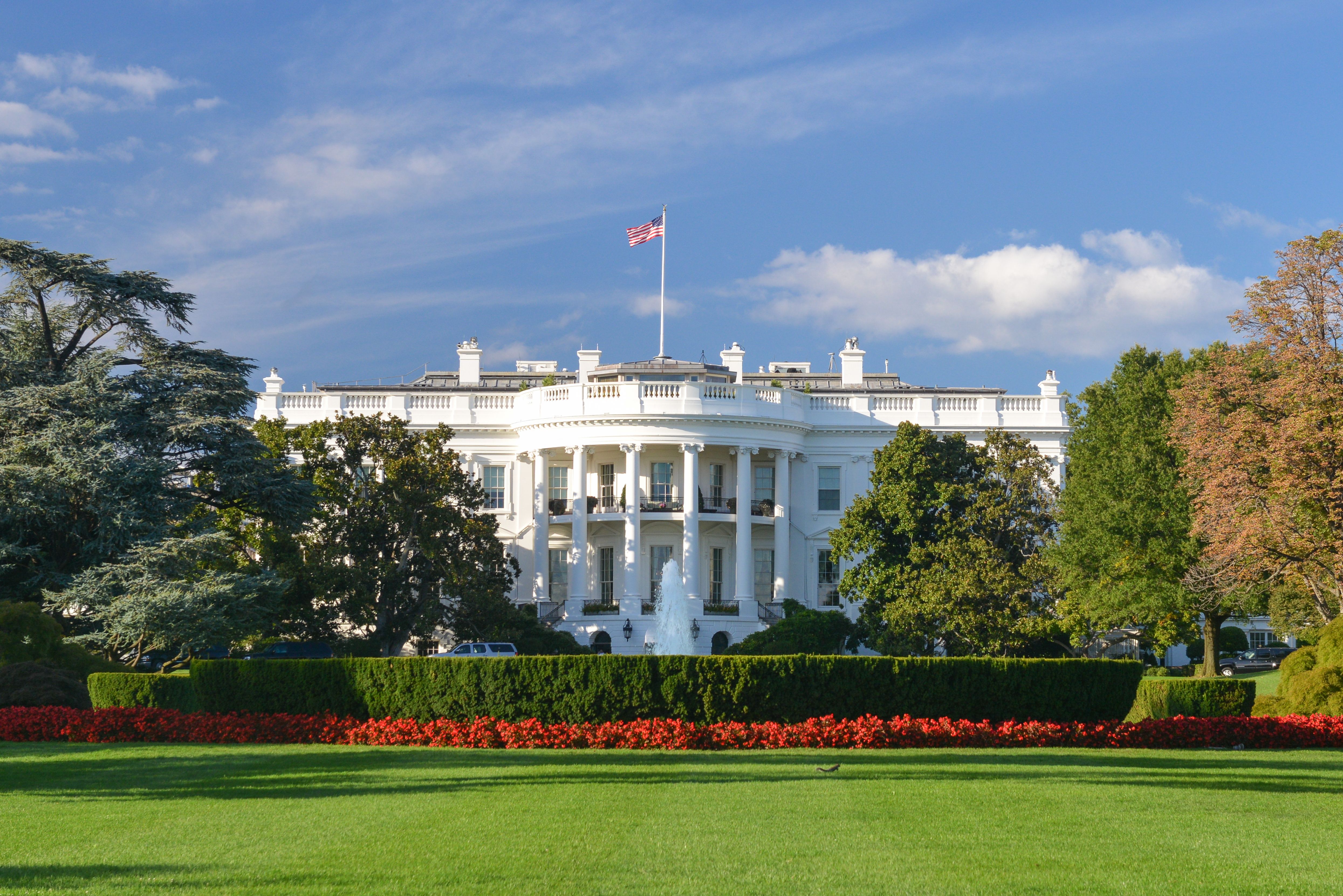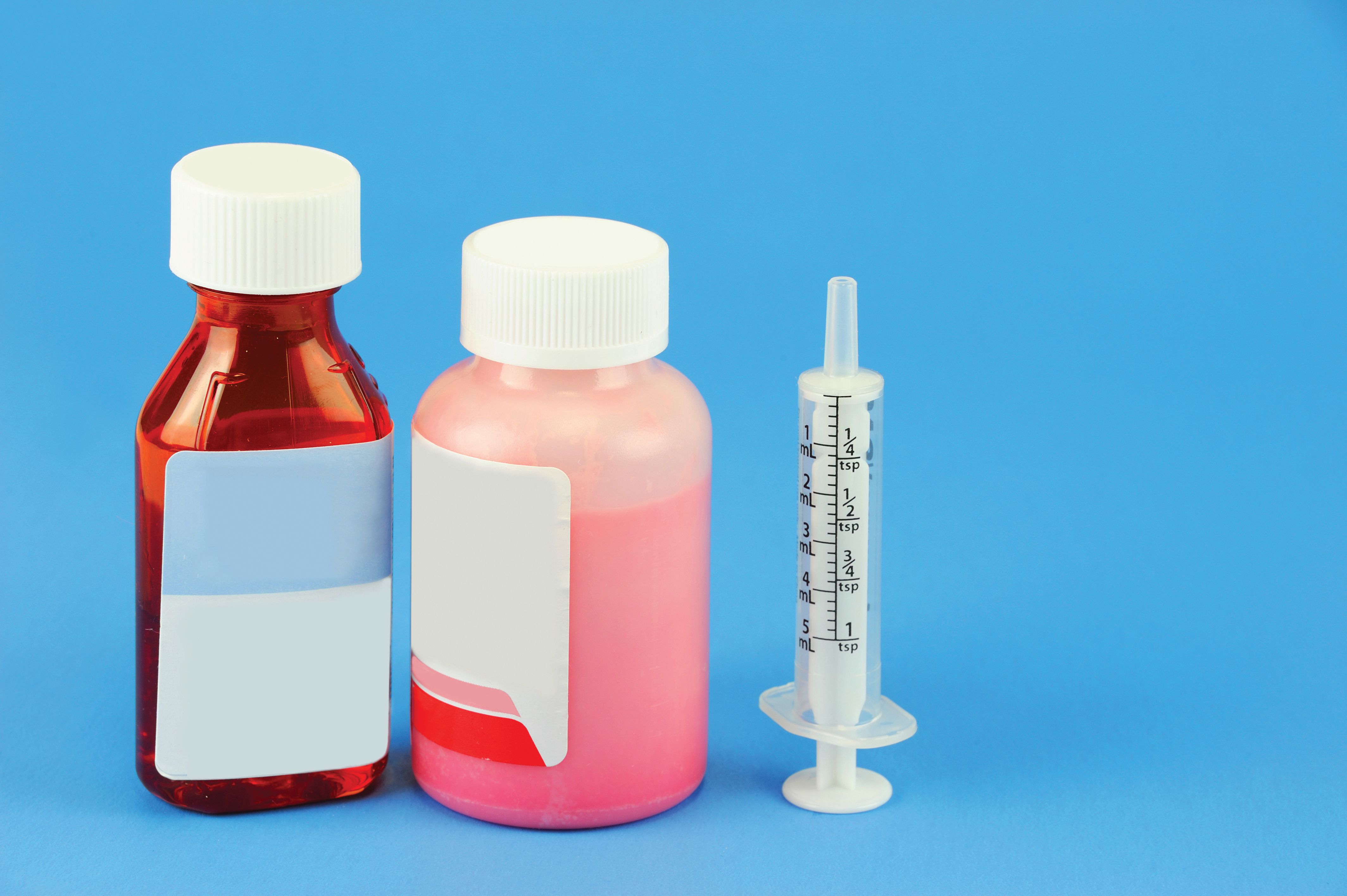News
Article
Pharmaceutical Technology Europe
Pharmaceutical Technology Europe
Pushing for allergen labelling
Author(s):
The biggest benefit that has been brought about by the compulsory labelling of allergens in food is the greater degree of cooperation that has been established between food manufacturers and their suppliers.
Many medicines contain excipients derived from known allergens or are produced in facilities where these allergens might be present. In some drugs, the actives might be allergenic, as in the well-known instance of antibiotics, such as penicillins, cephalosporines and sulphonamides. Some anticonvulsants and insulin have also been recognized as allergens, and there are many others that have been implicated as causing or worsening allergies.1

The author says...
However, many consumers are unaware of the potential presence of allergens in medicines, particularly those associated with excipients, and even consumers that are more aware may struggle to identify the ingredients that pose a risk unless they are clearly indicated on external packaging.
True allergy represents less than 10% of all adverse drug reactions.1 More common adverse reactions involve toxicity, drug–drug reactions and drug–food reactions. Reactions to aspirin and nonsteroidal anti-inflammatory agents, such as ibuprofen (Nurofen) and diclofenac (Voltarol) are also frequent causes of allergy-like reactions, but these are not true allergies as they occur when a drug interferes with the normal mechanisms of the immune system, causing the direct release of chemical mediators such as histamine.
In the case of true allergy, the greatest concern is that the effects are not dose-dependent and any individual can exhibit a different sensitivity at different occasions, for example, following exercise. This makes allergens a very special case because it is impossible to set a maximum exposure level in the same way that one might set a limit for other toxic chemicals. For sensitive patients, there is no such thing as a safe limit.
Food industry experience
The food industries of all major developed countries have been obliged to face up to the allergen risk. Legislation in Europe,2 the US,3 Australia and New Zealand4 dictates a list of allergens that must be specifically labelled if present in a packaged food item. While the requirements and lists differ between the jurisdictions, the essential point remains that consumers can expect specific allergen advice on the packaging of food.
However, the labelling of allergens has presented some food companies with difficulties. While the legislation was conceived with the intention of making life easier for consumers, it is not uncommon to find food items with apparently contradictory statements; for example, where the ingredient list makes no reference to nuts, and the packaging design and product name are also suggestive of a nut-free product, the allergen statement advises that the product may contain nuts.
The difficulty arises because there is no acceptable minimum limit that can be set for allergens. Even if the formulation contains no allergens, any ingredient that is processed in a facility where allergens might be present still constitutes a risk unless the facility practises strict procedures to avoid cross-contamination.
There is also room for debate as to whether labelling is really necessary with ingredients derived from known allergens. Certain exemptions already apply so that, whereas a glucosamine sulfate supplement might be labelled as 'containing shellfish', a beer brewed using isinglass, which is derived from fish, will not be expected to carry a 'contains fish' statement.
However, one positive consequence of the labelling requirement has been a much higher degree of cooperation and monitoring within the supply chain, particularly for those food manufacturers of 'free-from' products, who must fully understand exactly how their ingredients are sourced and produced.
A negative consequence is that the legislation has had a major impact on product recalls. In the first 6 months of 2008, 57% of all food and drink product recalls in the US, and 57% of all those in the UK, were caused by the apparent failure to correctly label foods that contained allergens.5 One example from the UK is a product, clearly described as a 'whole nut chocolate bar', that was recalled because the label failed to mention that the product might contain almonds as a specific allergen. In other cases, such as the presence of fish in a chicken pie, it was not clear whether the fish, or an ingredient derived from fish, had been used in the pie deliberately or whether there had been contamination.
Pharmaceutical challenges
While European pharmaceutical legislation has nothing equivalent to EU Directive 2003/89/EC, there are strict requirements for labelling products to warn of potential allergy risk. Many in the pharmaceutical industry would argue that patients already receive far more allergy-related information via the package leaflet (PL) than any food product gives on its labels.
The Annex of Eudralex 3BC7A lists several excipient ingredients and appropriate warning messages that must be included on the PL. Compared with the food industry's "contains nuts" statement the pharmaceutical industry's equivalent is much stronger: "contains arachis oil (peanut oil). If you are allergic to peanut or soya, do not use this medicinal product." That said, there is a case to be made for some consistency between the labelling of food and food supplements and over the counter (OTC) medicines. However, to achieve consistency with what consumers have come to expect from the food industry, further adjustments are needed as the two industries do not necessarily describe ingredients in the same way; for example, in the US, starch on a food label means corn starch, whereas on an OTC medicine it could mean starch derived from potato, corn, tapioca or wheat. Similarly, maltodextrin in a foodstuff should not be made from wheat, unless specifically indicated, whereas this is not the case for medications.6
Moreover, should mandatory labelling of allergens ever be introduced for pharmaceuticals, there will always be grey areas, similar to those that the food industry has already encountered. Additionally, there have been few significant studies of allergens in pharmaceuticals so it is difficult to assess how many products might be affected. A French study published in 2005 revealed that all 50 of the highest selling drugs in France would require compulsory labelling if the current food legislation also applied to pharmaceuticals.7 The group assessed 174 pharmaceutical formulations of 86 drugs and the composition of each one was identified using data processing software. An excipient deriving from an allergen with obligatory labelling in the food industry was present in 58.6% of the studied pharmaceutical formulations. The researchers also noted that almost 32.2% of these medications were correctly labelled as the excipients in question were already known to have adverse effects.
Any benefits?
The biggest benefit that has been brought about by the compulsory labelling of allergens in food is the greater degree of cooperation that has been established between food manufacturers and their suppliers. A food manufacturer cannot afford to be ignorant of the ingredients and processes used by his suppliers, and takes a risk by not having precise specifications on supplies or adequate systems for auditing suppliers. The extent to which consumers are helped by the sometimes confused labelling of allergens is open to debate; it is even more questionable as to whether they would be further helped if an OTC medicine had an extra 'contains nuts' statement on the label in addition to the longer statement already included in the PL.
Recently, the Australian Allergen Bureau proposed that the pharmaceutical industry should be obliged to label key allergens on outer packaging. If the agency is successful in this campaign then the process could be introduced in other countries. However, any positive impact may have less to do with protecting allergenic patients and more to do with improving cooperation and control of the supply chain. As recent events have shown,8 weakness in the supply chain can have very serious consequences and there is never any room for complacency.
Simon Flanagan is Head of Speciality Analysis & Allergen Services at RSSL.
References
1. Allergy Clinic, "Allergy to Drugs and Medicines" (2006) www.allergyclinic.co.uk
2. EU Directive — 2003/89/EC, November 2003. http://eur-lex.europa.eu/en/index.htm
3. FDA — Food Allergen Labeling and Consumer Protection Act of 2004, August 2004. www.cfsan.fda.gov/~dms/alrgact.html
4. Food Standards Australia New Zealand — Australia New Zealand Food Standards Code, February 2001. www.foodstandards.gov.au/_srcfiles/Standard_1_2_3_Warning_Statements_v100.pdf
5. Author's analysis of recalls reported by RSSl Food e-news. www.rssl.com/OurServices/FoodENews
6. V. Groce, About.com: Food Allergies (2008). http://foodallergies.about.com
7. D. Piney et al., Ann. Allergy Clin. Immunol., 37(8), 309–13 (2005).
8. P. Payne, Pharma. Technol. Eur., 20(7), 15–16 (2008).
Newsletter
Get the essential updates shaping the future of pharma manufacturing and compliance—subscribe today to Pharmaceutical Technology and never miss a breakthrough.





